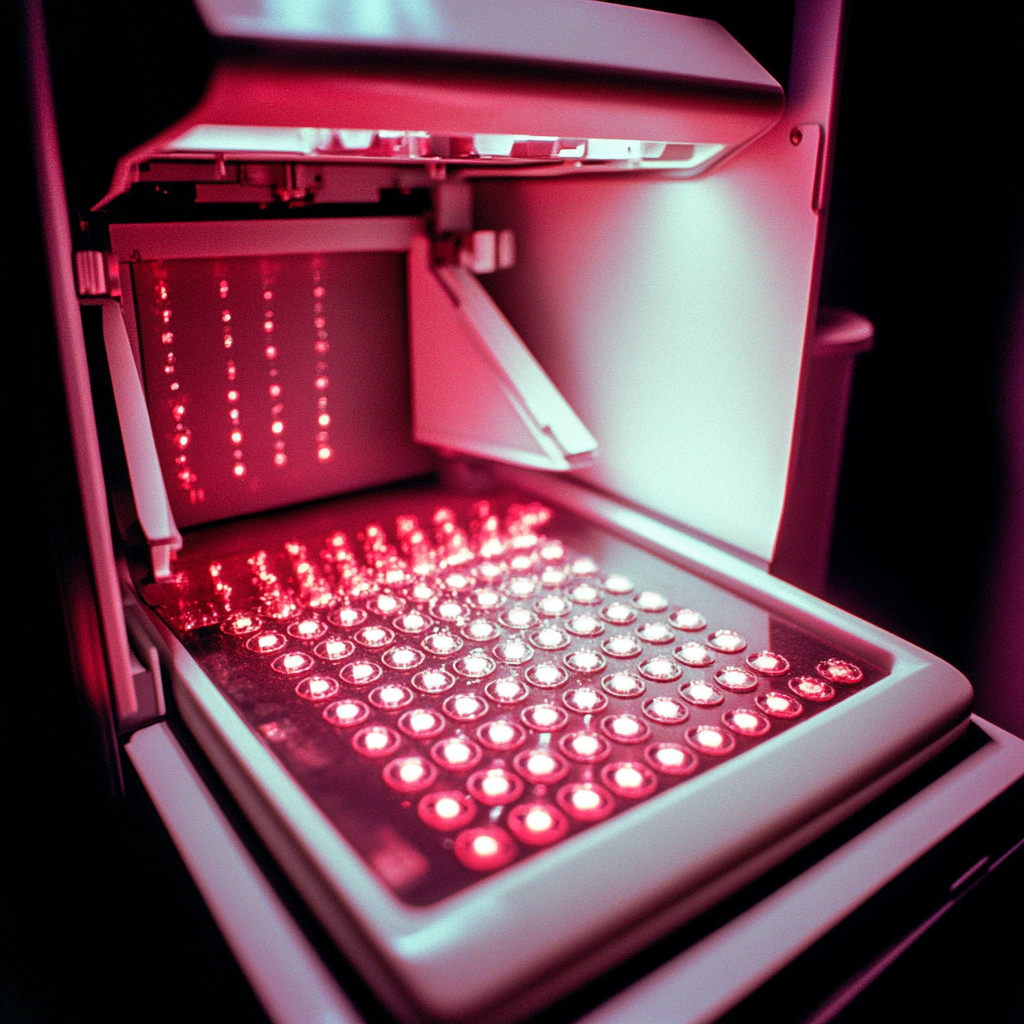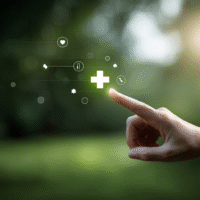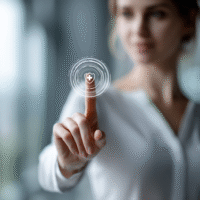Understanding the Trial Results
This study looked at how traditional Thai massage (TM) compares to standard physical therapy (PT) for improving walking in children and teens with spastic cerebral palsy (CP). Here’s what we found:
What Worked?
- TM showed a positive effect on walking performance, as indicated by improved gait scores.
- Participants who received TM had increased activity in a key muscle (right rectus femoris) compared to those who only had PT.
What Didn’t Work?
- There were no significant differences in other measures between TM and PT.
- Some aspects of walking improved with TM, but not all outcomes were better than PT.
How This Helps Patients and Clinics
These findings suggest that TM can be a beneficial addition to treatment for children with spastic CP, potentially improving their walking ability. Clinics can consider incorporating TM into their therapy options.
Real-World Opportunities
- Hospitals can offer TM as part of their rehabilitation programs for children with CP.
- Doctors can collaborate with trained massage therapists to provide TM alongside traditional therapies.
Measurable Outcomes to Track
- Gait Profile Score (GPS) to assess walking performance.
- Range of motion in the ankles and other joints.
- Muscle activity levels, particularly in the rectus femoris muscle.
AI Tools to Consider
Clinics might explore AI tools that help track patient progress and analyze gait patterns, making it easier to tailor treatments to individual needs.
Step-by-Step Plan for Clinics
- Start by training staff on traditional Thai massage techniques.
- Introduce TM as a pilot program alongside existing physical therapy.
- Monitor patient outcomes closely, focusing on gait performance and muscle activity.
- Gather feedback from patients and therapists to refine the program.
- Gradually expand the program based on positive results and patient interest.



























